Key Points:
1. Grab has signed a new MOU with StraitsX to explore a unified Web3 settlement layer across Southeast Asia.
2. The initiative marks a shift from earlier pilots toward embedded stablecoin infrastructure.
3. Regulatory approvals across multiple jurisdictions remain a central hurdle as Grab pursues an interoperable digital payments framework.
Grab Advances Its Web3 Strategy
Grab, Southeast Asia’s largest super-app, is accelerating its stablecoin ambitions after signing a memorandum of understanding (MOU) with Singapore-based issuer StraitsX. The agreement shifts Grab’s Web3 efforts from limited pilots toward a deeper, infrastructure-level commitment to stablecoin-enabled payments.
The two companies announced the partnership on Tuesday, outlining plans to explore a shared settlement layer capable of supporting digital asset wallets, programmable payments, and stablecoin clearing directly within the Grab ecosystem. If regulators approve the rollout, users could hold and spend StraitsX-issued tokens such as XSGD and XUSD across Grab’s footprint in Singapore, Malaysia, Indonesia, Thailand, Vietnam, the Philippines, Cambodia, and Myanmar.
StraitsX co-founder and CEO Tianwei Liu said Southeast Asia’s digital economy continues to face “fragmented and costly” payment channels, arguing that a unified stablecoin rail could help streamline retail commerce and cross-border flows across the region.
From Pilots to Payment Infrastructure
The new initiative marks the most ambitious step yet in Grab’s multi-year exploration of blockchain technology. Past experiments included a 2023 partnership with Circle to pilot Web3 customer experiences in Singapore and a 2024 upgrade enabling users to top up GrabPay using crypto and stablecoins. Earlier this year, Grab partnered with Natix, a decentralized physical infrastructure network on Solana, blending blockchain-based mapping with Grab’s camera and mobility systems.
These projects helped establish user readiness and technical viability. But the StraitsX collaboration moves beyond experimentation. Instead of testing blockchain features, Grab is now evaluating which stablecoin infrastructure should power future payment flows across its entire regional network.
Kell Jay Lim, head of Grab Financial, said the company sees Web3 technologies as a tool to improve cross-border retail payments while keeping user experience familiar. He added that Grab and StraitsX will work together to address settlement inefficiencies faced by merchants and consumers across Southeast Asia.
How the Web3 Wallet Would Work
Central to the proposal is the development of a Web3 wallet embedded directly into the Grab application. This would allow users to convert between fiat and stablecoins, execute regional payments, and receive onchain transfers from external wallets without relying on separate crypto apps.
Merchants would also receive onchain-compatible wallets featuring programmable settlement, real-time clearing, and automated treasury tools. Such capabilities could help reduce reliance on traditional card networks, lower transaction fees, and ease liquidity constraints, especially for cross-border transactions.
The vision reflects a broader trend among fintech and digital platforms toward embedding blockchain rails under consumer interfaces. Yet, Grab’s scale across eight countries makes the initiative one of the most extensive attempts to integrate stablecoins into mainstream consumer payments in Asia.
Regulatory Challenges Ahead
While the potential benefits are significant, the initiative will depend heavily on regulatory approval across multiple jurisdictions. Southeast Asian markets vary widely in their supervision of stablecoins, e-money, and digital assets. Any unified settlement framework would require coordination with central banks and financial regulators in each country.
Despite these obstacles, the intent behind the partnership is clear: to build a unified, interoperable settlement layer that replaces fragmented cross-border payment channels with a faster, lower-cost stablecoin infrastructure.
What Comes Next
Grab’s move signals a decisive shift toward embedding Web3 functionality into everyday consumer and merchant experiences. As Southeast Asia’s digital economy continues to expand, the ability to settle payments onchain could offer a competitive advantage, reducing costs while improving speed and transparency.
If regulators approve the framework and implementation proceeds as planned, stablecoin-powered settlement could become a foundational component of Grab’s financial services business across the region.

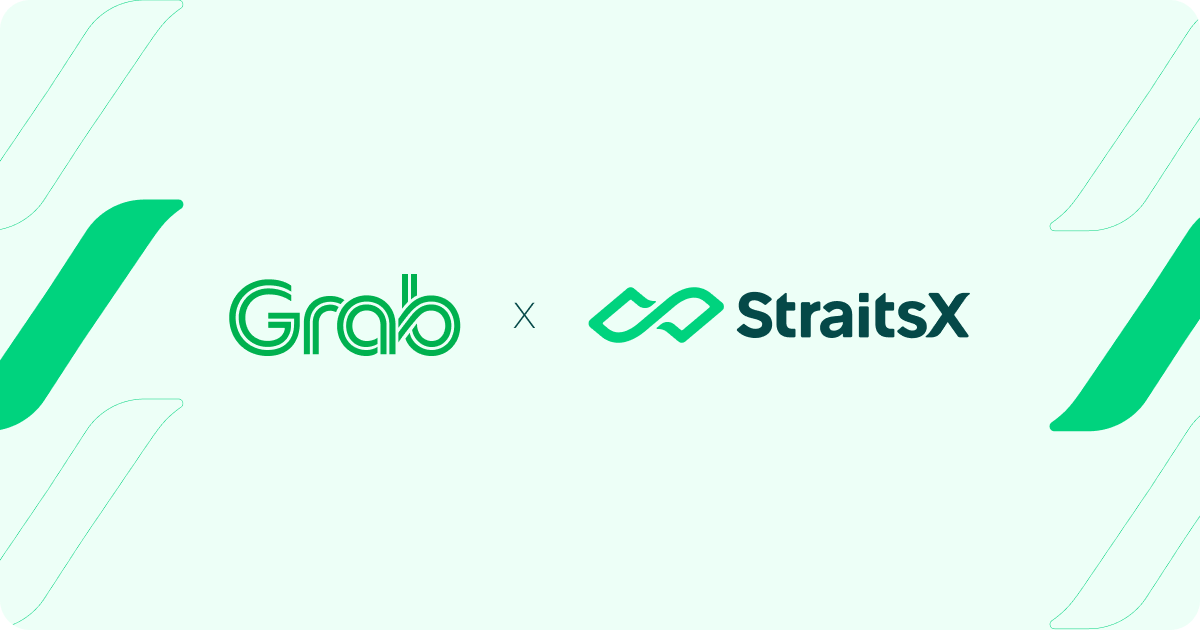

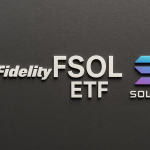

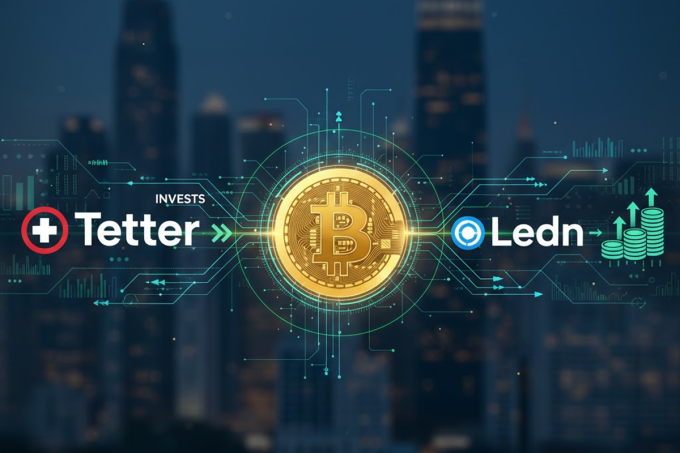
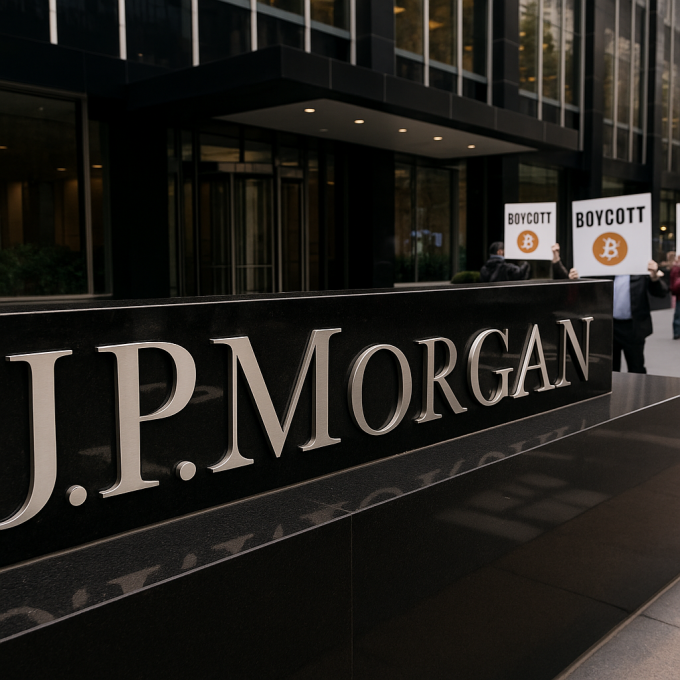
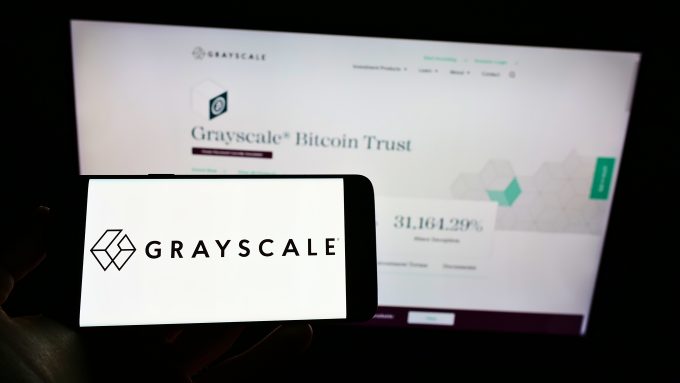
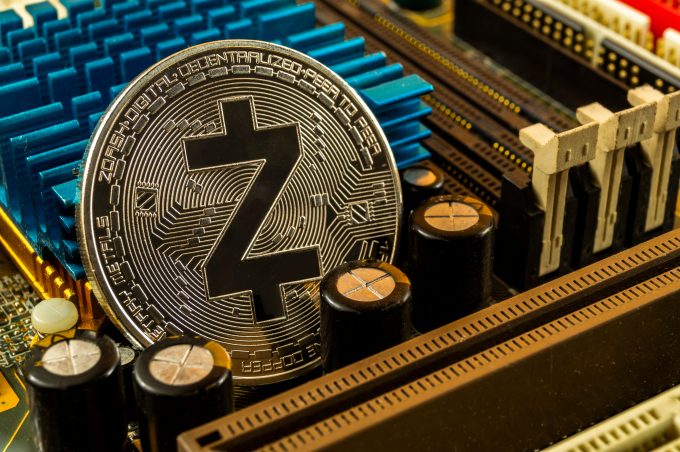

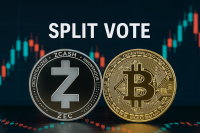
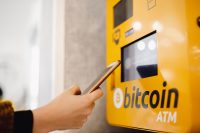

https://shorturl.fm/h92ne